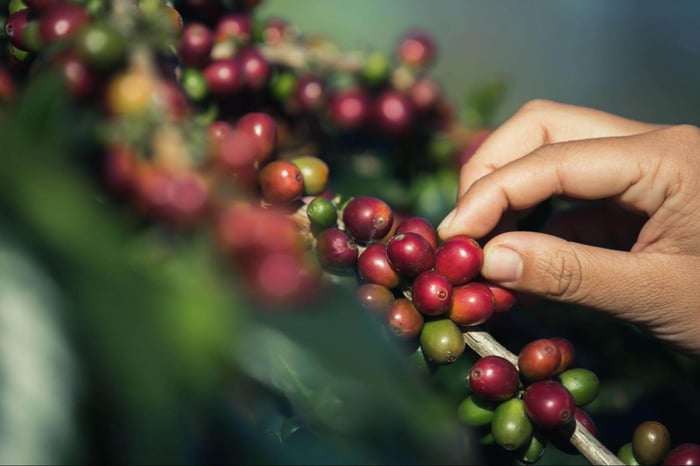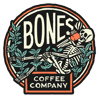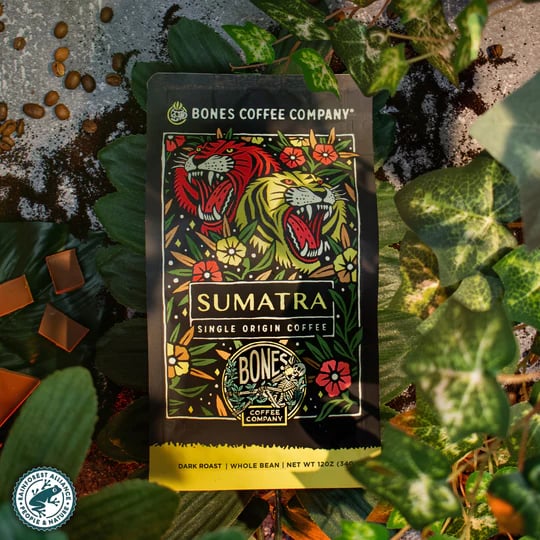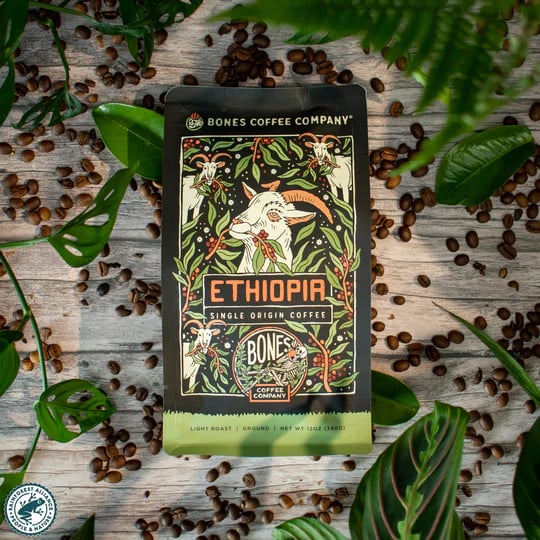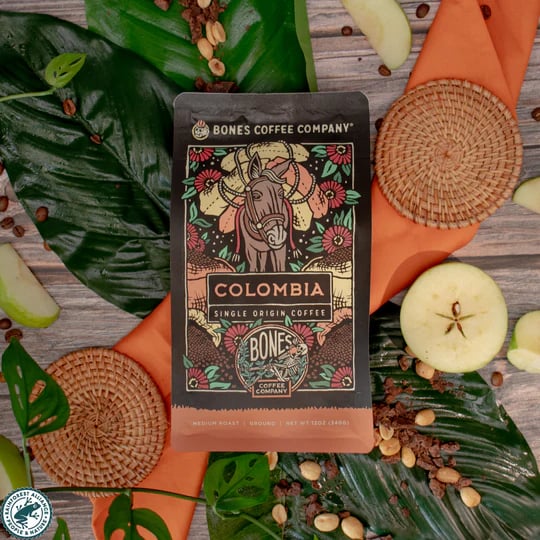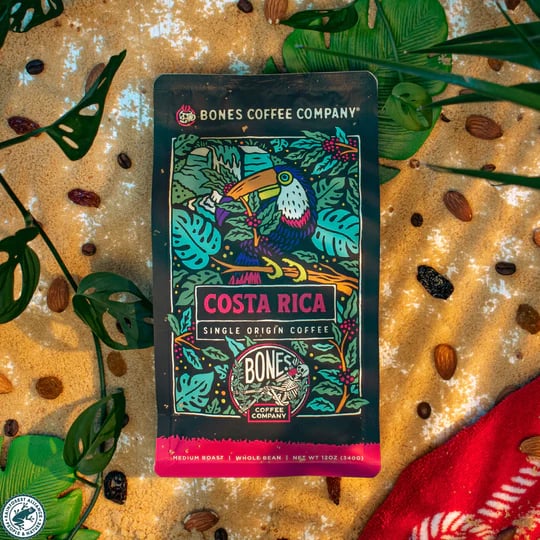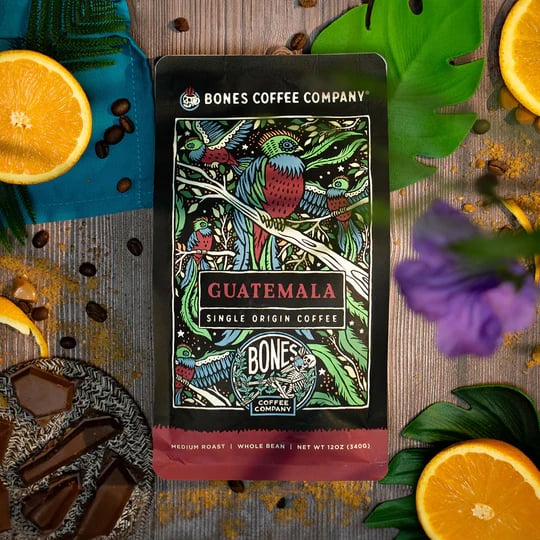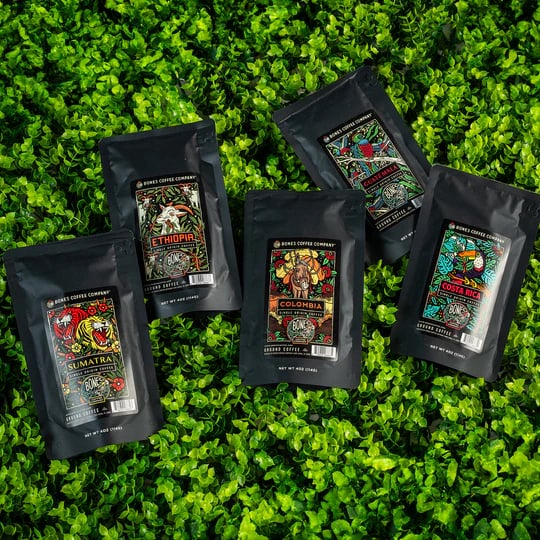For many of us, drinking coffee is a non-negotiable morning ritual, but it’s easy to forget that every bean has traveled a remarkable journey.
Today, we’re embarking on a global tasting adventure to explore the legendary origins that define excellence in coffee.
Our selections are based on a combination of critical factors such as high altitude, celebrated varietal pedigree, innovative processing styles, and prestigious awards or cupping scores. As a bonus, we'll cap it off with a guide to the world's most popular coffee drinks.
Let's start by highlighting three exceptional coffees that exemplify the diversity and quality found in today's specialty coffee world.
The world's finest coffee beans come from distinct regions across the globe. Here are nine legendary origins that every coffee enthusiast should know:
1. Ethiopia
Tasting Notes: Bergamot, Jasmine, Lemon, Blueberry.
As the undisputed birthplace of Arabica coffee, Ethiopia is a pilgrimage site for coffee drinkers. The story goes that a 9th-century goat herder named Kaldi discovered the energizing power of coffee cherries, and the world has never been the same.
The country's Yirgacheffe region is legendary for producing great coffee beans with an astonishingly delicate, tea-like body, bright acidity and floral notes of jasmine and bergamot. These coffees are from "heirloom" varietals, wild, indigenous plants that contribute to unique and complex flavor profiles.
Ethiopia is Africa’s largest coffee producer and its number one source of export revenue, highlighting its global importance. The genetic diversity here is staggering. It’s a living library of coffee’s past and future.
2. Colombia
Tasting Notes: Milk Chocolate, Caramel, Orange, Cherry.
When you think of classic, high-quality coffee, Colombia often comes to mind. It has built a global reputation for producing consistently balanced, sweet, and clean cups.
Colombian beans grown in Huila and Antioquia, nestled in the Andes mountains, provide the perfect combination of volcanic soil, steady rainfall, and high altitude.
Since 1927, the Federación Nacional de Cafeteros (FNC) has been instrumental in maintaining rigorous quality standards. The predominant processing method is washed, which contributes to its signature crisp acidity and notes of citrus, chocolate, and nuts.
In the marketing year 2024/2025, Colombian coffee production is anticipated to reach 12.4 million bags, showcasing its massive scale.
3. Costa Rica
Tasting Notes: Brown Sugar, Apricot, Apple, Honey.
Costa Rica is a small country with a massive reputation for coffee innovation and quality. It was the first Central American nation to establish a commercial coffee drinking culture, and its government even passed a law mandating that only Arabica be grown at high altitudes. The Tarrazú region, in particular, is famous for its bright, clean, and complex coffee beans.
Costa Rican farmers have become masters of processing, popularizing the "honey" and "anaerobic" methods. Honey processing leaves some of the sticky fruit mucilage on the bean as it dries, resulting in a cup that is exceptionally sweet with prominent notes of stone fruit and brown sugar.
4. Hawaiian Kona
Tasting Notes: Brown Sugar, Milk Chocolate, Honey, Mild Fruit.
Hawaiian Kona coffee is one of the best coffees in the world. It is grown on the volcanic slopes of Mauna Loa and Hualālai on the Big Island. This nurturing environment produces coffee beans that are exceptionally smooth, with a delicate, sweet profile and hints of milk chocolate, brown sugar, and a touch of fruit.
The harvest is extremely limited, with the "Hawaiian Kona Coffee Belt" being only about 30 miles long. This geographic scarcity, combined with high labor costs, contributes to Kona’s premium price point and coveted status among coffee drinkers.
5. Sumatra (Indonesia)
Tasting Notes: Cedar, Dark Chocolate, Tobacco, Earthy.
Sumatran coffee offers a flavor profile that is dramatically different from its Central and South American counterparts. Known for its rich, syrupy body, low acidity, and deep, earthy notes, it's a coffee that commands attention from the first sip.
This unique character comes from a post-harvest processing method called "Giling Basah," or wet-hulling, which imparts a signature flavor often described as cedary, spicy, or even herbaceous. For those who enjoy drinking coffee with bold flavors, Sumatra delivers an intense dark roast experience.
6. Vietnam
Tasting Notes (Arabica): Dark Chocolate, Nuts, Molasses.
While Brazil produces the most coffee overall, Vietnam is the undisputed king of Robusta, making it the second-largest coffee producer in the world.
Traditionally, Vietnamese coffee drinking culture has revolved around the strong, bold, and high-caffeine Robusta bean, famously served with sweetened condensed milk.
However, a quiet renaissance is happening in the country's Central Highlands, particularly around the city of Da Lat. Here, at higher altitudes, farmers are cultivating high-quality Arabica with impressive results, producing coffee beans with notes of chocolate, nuts, and fresh aroma.
7. Guatemala
Tasting Notes: Dark Chocolate, Toffee, Orange, Red Apple.
Guatemala's coffee landscape is as diverse as it is beautiful, with eight distinct growing regions offering a stunning array of flavor profiles. The most famous of these is Antigua, a valley surrounded by three towering volcanoes whose eruptions have blessed the soil with rich nutrients.
Antigua coffees are known for their elegant, complex cup with a full body and notes of dark chocolate, citrus, and spice.
8. Panama (Geisha)
Tasting Notes: Jasmine, Bergamot, Papaya, Peach.
No discussion of the world's best coffee beans is complete without mentioning Panama Geisha. Originally from Ethiopia, the Geisha plant was brought to Panama, where the Peterson family of Hacienda La Esmeralda entered a competition in 2004. The judges were floored by its otherworldly aroma of jasmine, bergamot, and tropical fruit.
Panama Geisha is renowned for its incredibly complex, tea-like body and ethereal floral notes and is grown primarily in the volcanic soils of Boquete. It continues to shatter auction records, proving what was possible in terms of flavor and price.
9. Jamaican Blue Mountain
Tasting Notes: Cream, Milk Chocolate, Nuts, Low Acidity.
Jamaican Blue Mountain is the "champagne" of coffee drinkers. This area's cool, misty climate and rich soil create a slow maturation process that results in a coffee bean of remarkable quality. The resulting cup is famously mild, with an exceptionally clean taste and virtually no bitterness.
Due to its limited production and high demand (over 80% is exported to Japan), it is one of the most sought-after coffees globally.
Pro Tip: To truly explore global coffee, look beyond just the country. Pay attention to specific regions like Yirgacheffe or Tarrazú and famous varietals like Geisha to discover the most exceptional and unique flavor profiles. |
What Makes a Coffee the Best?
The key factors that create truly exceptional coffee include:
Altitude and Terroir
Coffee beans grown at high elevations experience cooler temperatures, especially at night. This slows the cherry’s maturation, allowing more complex sugars and acids to develop, resulting in a cup that's vibrant and deeply flavorful.
Varietals and Processing Methods
Just like wine grapes, coffee has different varieties, such as Geisha, Bourbon, and Typica, each with a unique flavor potential.
How the coffee cherry is processed after picking, washed, honey, or natural, radically alters the final taste. A washed coffee is clean and crisp, while a natural coffee is fruity and bold.
Coffee Evaluations
Finally, formal evaluations like cupping scores provide a standardized measure of quality. The Specialty Coffee Association (SCA) uses a 100-point scale where anything over 80 is considered “specialty.”
Additionally, competitions like the Cup of Excellence identify the best beans a country produces yearly, often driving innovation and rewarding farmers for exceptional work.
At the heart of this evaluation process are licensed Q Graders, the sommeliers of the coffee world, who follow a strict protocol to score coffees. They evaluate several key attributes such as:
- Flavor & Aftertaste: The primary taste profile and how it lingers.
- Fragrance/Aroma: The smell of the dry and wet grounds.
- Acidity: The bright acidity, sparkling quality (not sourness).
- Body: The weight or texture of the coffee on the tongue.
- Balance: How well all the elements work together in harmony.
Key Insight: Legendary coffee isn't just about where it's grown. It's the perfect harmony of unique terroir, specific plant varietals, and the meticulous skill of the farmers who handle the coffee beans from harvest to export. |
Where Is the Best Coffee in the World?
After touring these legendary origins, you might be wondering which one is the best-tasting coffee in the world. The honest answer? It’s entirely subjective.
The best coffee is the one that tastes best to you, brewed in a way you enjoy. Your personal palate, preferred brewing method, and even your mood can influence which coffee shines brightest.
For some, a medium roast highlights the most balanced flavors, while others chase the thrill of light roasts. Ultimately, your favorite coffee is the one that makes you excited for every sip. However, here are a few quick answers to common questions:
- Is price the best indicator? Not always. While a $100/lb Geisha is likely to be incredible, you can find phenomenal coffees for a fraction of the price. Price often reflects rarity as much as quality.
- How important is the roast date? Extremely. Coffee is a fresh product. Always buy from roasters who print the roast date on the bag.
- Can robusta be premium? Yes! While historically seen as lower quality, the specialty robusta scene is growing. Farmers now produce beans that create clean, complex, and flavorful robustas that challenge old perceptions.
Bonus: 9 Most Popular Coffee Drinks Around the World

Great coffee isn't just about premium beans or perfect roasts. It's about the diverse brewing methods and cultural traditions that transform those beans into extraordinary experiences. These are the nine most favored coffee styles that have delighted drinkers worldwide:
- Espresso (Italy): The concentrated, foundational shot of modern café culture. A quick, intense brew that forms the base for countless other drinks.
- Americano (USA via WWII): An espresso shot diluted with hot water to mimic the strength and volume of a drip coffee, but with a richer flavor profile.
- Cappuccino (Italy): A perfect harmony of thirds: one-third espresso, one-third steamed milk, and one-third silky, airy foam on top.
- Latte (Italy/Global): The milk-forward cousin of the cappuccino, with more steamed milk and just a thin layer of foam, making it a perfect canvas for latte art.
- Flat White (Australia/New Zealand): A potent, velvety drink made with a double shot of ristretto (a short, restricted espresso) and finely textured micro-foam.
- Cortado (Spain): An equal-parts combination of espresso and warm, steamed milk, designed to cut the acidity of the coffee while maintaining its bold flavor.
- Turkish Coffee (Turkey): Made with finely ground, unfiltered coffee that’s gently simmered in a special pot called a cezve. Often spiced with cardamom.
- Cold Brew (USA): You can make cold brew at home by steeping cold water for 12-24 hours, resulting in a super-smooth, low-acid concentrate.
- Affogato (Italy): The ultimate coffee dessert. A scoop of vanilla gelato or ice cream is "drowned" in a freshly pulled shot of hot espresso.
Key Insight: Notice a pattern? Most of the world's beloved café drinks are simply creative variations on two core ingredients: a perfectly pulled espresso shot and expertly textured milk. Mastering the basics opens a world of possibilities. |
Your World Tour in a Grinder
From the floral highlands of Ethiopia to the volcanic slopes of Jamaica, our sensory tour proves that there isn't just one "best coffee in the world". There's a whole planet of incredible flavors waiting to be discovered. The journey of a coffee bean from a distant mountain to your morning mug is a story of place, process, and passion.
We encourage you to build a world tour right in your grinder. Start with a classic single-origin, then branch out to an adventurous flavored coffee to see how a familiar profile can be transformed.
Ready to explore coffee and find your new favorite? Explore Bones Coffee’s sample packs and start your next flavor adventure today!

